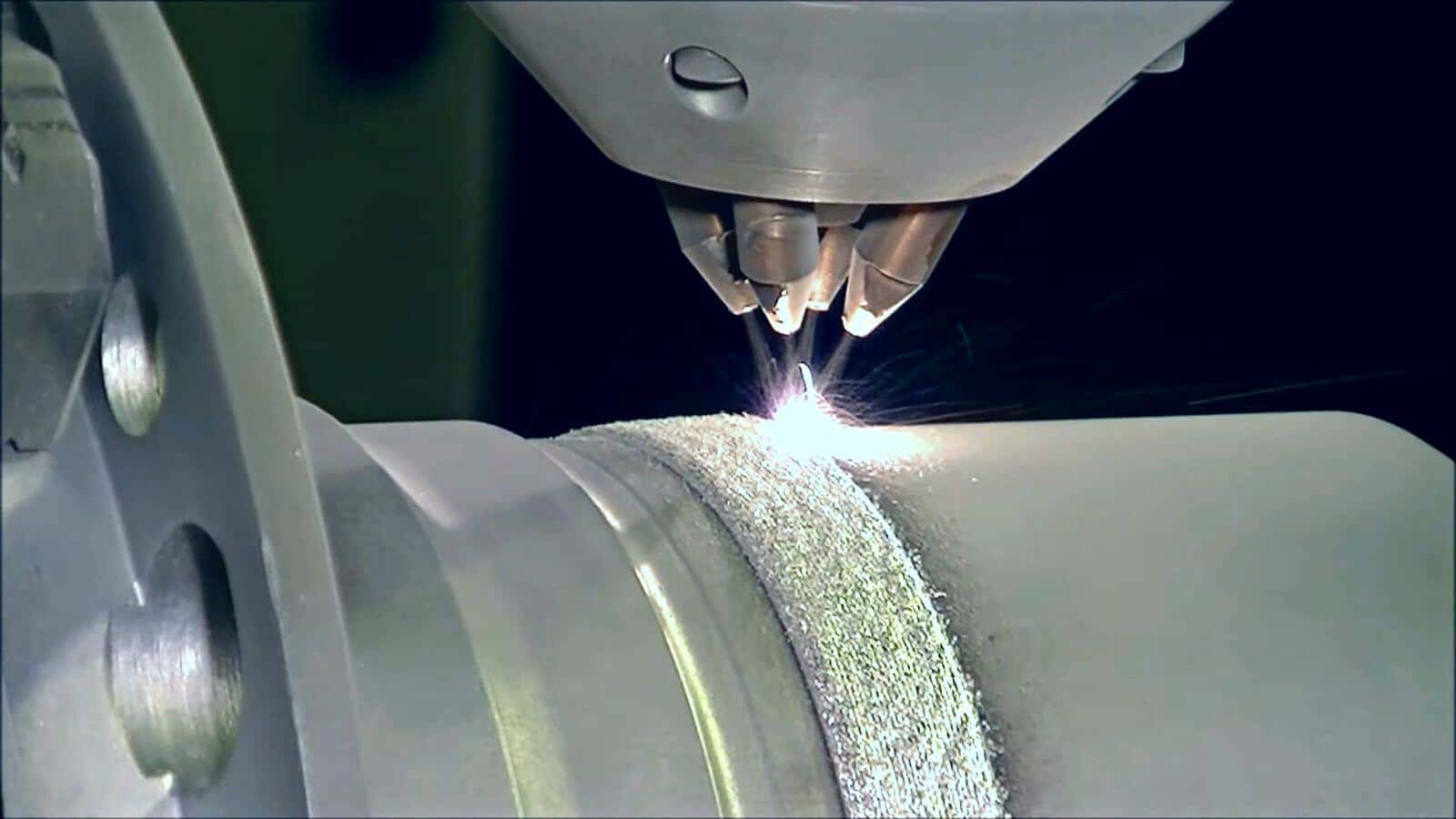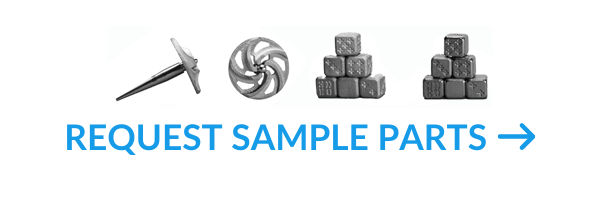Overview of Directed Energy Deposition in Metal AM
Directed Energy Deposition (DED) is an additive manufacturing process where metal wire or powder is combined with an energy source to deposit material onto a build tray or an existing part directly. Parts chosen for DED are typically large without the need for tight tolerances. DED methods are capable of building very large parts and are popular because of the rapid deposition speed. Because it closely resembles welding, DED is commonly used to repair and maintain existing parts. DED machines usually mount a nozzle on a multi-axis arm, which then deposits the metal feedstock to the surface. When used with 5 or 6 axis machines, the material can be deposited from nearly any angle and is melted upon deposition with a laser or electron beam. This process means DED can be used to build objects very quickly and is only limited in size by the reach of the robotic arm.
3DEO Series: An Introduction to Metal 3D Printing
This post is part 6 of a guide by 3DEO meant to introduce engineers and designers to metal additive manufacturing. Subscribe to our email list to stay current on all of our articles.
The other articles in the series are:
1) What is Additive Manufacturing? An Intro & Benefits
2) Overview of the Metal 3D Printing Processes
3) Intro to Powder Bed Fusion (DMLS, SLS, SLM, LMF, DMP, EBM)
4) Metal Additive Manufacturing (AM) Processes – Binder Jetting
5) Metal 3D Printing Processes – Metal Extrusion FFF/FDM
There are several branded names for both wire and powder-based DED technologies. Powder DED includes Laser Engineering Net Shape (LENS), Laser Metal Deposition-powder (LMD-p), and several others. Wire DED machines have been released to the market including Electron Beam Additive Manufacturing (EBAM) and Laser Metal Deposition-wire (LMD-w).
Advantages of DED Metal Additive Manufacturing
The rapid material deposition rate allows DED to claim the title of fastest additive manufacturing technology by a wide margin. The metal material is also melted before it cools and hardens, meaning the parts are fully dense and usable in production applications. Complex geometries can be achieved when 5-axis or better robotic arms are used and do not require supports for overhanging features like other 3D printing processes. Also, DED is the only additive technology that can effectively be used to add metal material to existing metal parts, including use in welding and repair applications.
- Fast builds with rapid material deposition
- Fully dense parts
- No need for supports
- Best process for part repair
Disadvantages of DED in Metal 3D Printing
The drawback with this process is the poor surface finish resulting from the melt pools cooling in low accuracy bands. DED processes use wire or powder — wire is less accurate due to the nature of a pre-formed shape but is more material efficient when compared to powder, as only the required material is used. Speed is the greatest benefit of DED allowing for the rapid creation of large parts, but it comes with a cost. As the metal melt pools cool, they leave a very rough surface finish not dissimilar from paste coming out of a tube. For this reason, most DED parts require significant post-processing, usually in the form of secondary machining.
- Poor surface finish
- Wire process is less accurate
Work with 3DEO
3DEO makes high quality metal components with our proprietary metal 3D printers. We specialize in manufacturing low/medium volumes on demand, which means there’s no need to worry about long lead times, minimum order quantities, or high tooling/setup costs.



